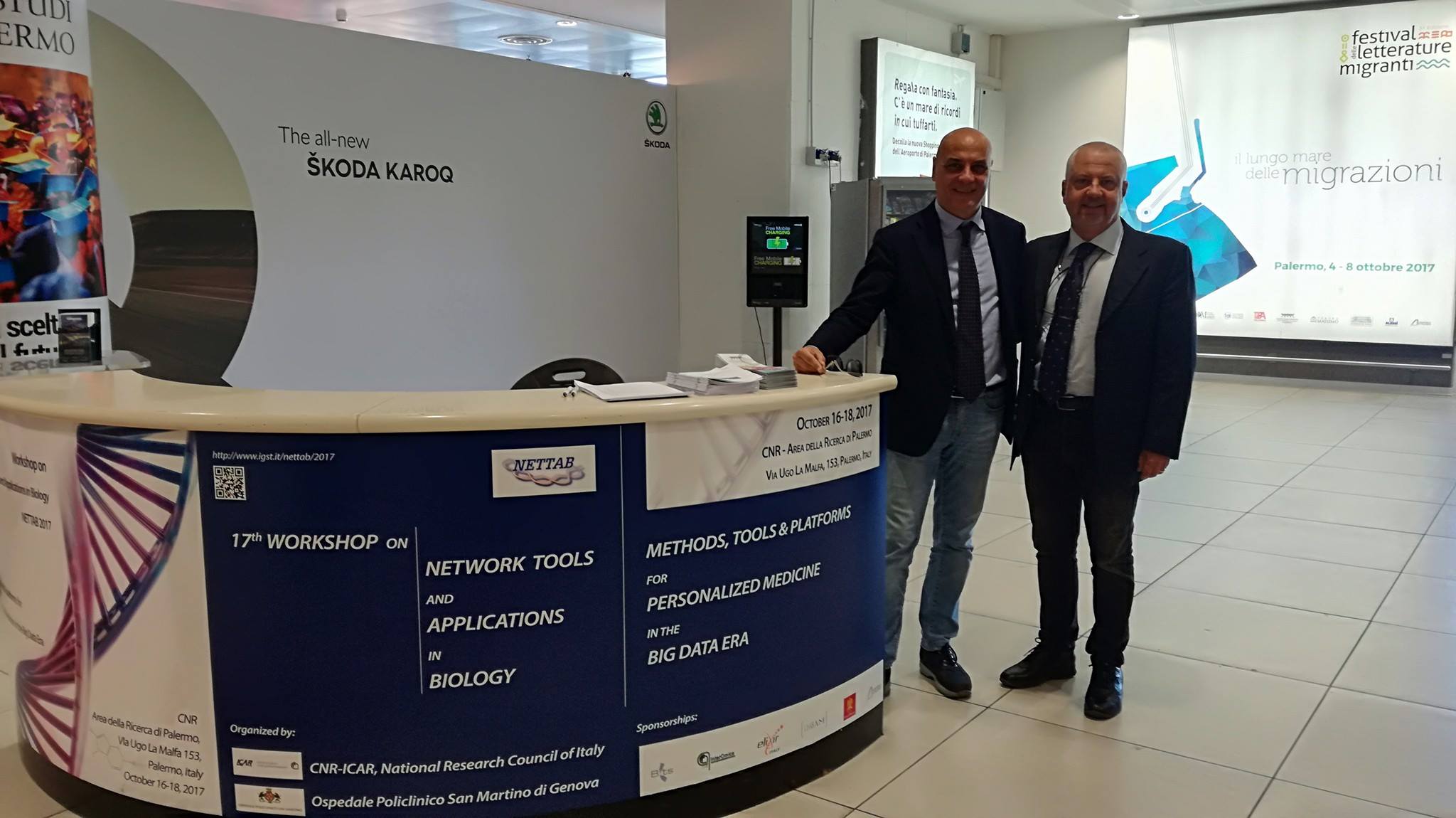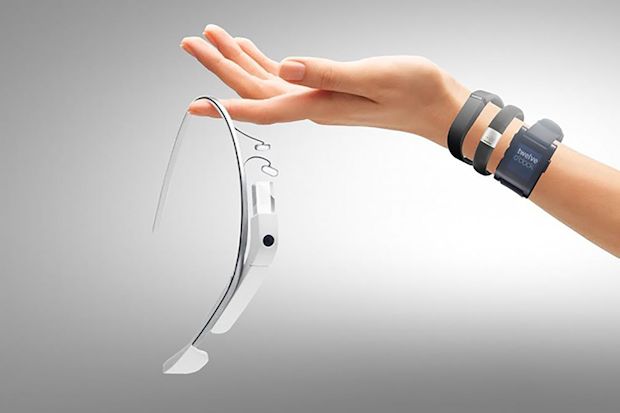Relationships between museums and new communication technologies have always been a complex and dialectical one, often inspired by the desire to induce museums not born for that purpose to pursue the technological fads, eventually providing visitors with devices that become a sort of “ballast” during their visit. The main way to solve this problem is clearly radical and consists in rethinking the museum in view of the tools supplied by the most advanced ICT.
Project main objective is to transform the museum – and in particular the art museum, at least in the scope of this proposal- from distant place, often of ritual function, elitist or passive by the public, in an essential dynamic instrument for knowledge and growth for people.
What remains of the museum in a system of strong technological presence? Firstly the originality, the material nature and the physical presence of the artwork. Museums are locations of the “real” and fruition as “experience”; in this sense should mark a frontier with substitutes more oriented to virtuality. A limitation of the art museums, however, is represented by the difficulty to support users in the artwork context, or in the process of understanding how, why and for whom this was born and how it stands in relation to the “geographical” location and to the time of its historical origin. In practice, the visitor, in front of the artwork, has very few elements to understand the implications of why it is in that place, to perceive all the relationships with the historical context in which it was born, to check under what conditions an artwork evolves with respect to a context or it represents a solution or an answer to it. These aspects require very complex operations of extra-textual references to the artwork, integration between the artwork and other materials that are often not available or are hardly available. Most advanced ICT technologies can significantly improve this availability, making it more immediate and immersive. Leaving the museum’s role as guardian of the originality of the artworks, at the same time quickly and efficiently provide the network of references, for example, between that artwork and the city and the historical period in which it was produced, the reasons that have influenced its birth, the role of this artwork in the context in which it is born, etc..
In other words, thanks to technology the artwork is effectively “dressed” of its context, somehow compensated and returned to its context, and it is thus plausible that the approaches to the artwork of the user can change, artworks can be “interrogated” in more ways and provide more answers, and consequently the level of interest and engagement of the visitors could rise. In this way it will be possible to try to fill the gap between museum and visitor, determined today by the purely aesthetic and essentially passive fruition of the exhibits in the museum, and to give back to the latter the truly educational role which provides the opportunity, in front of the artwork , to produce and / or be a part of new experiences of knowledge. In the project of the platform “Works Talking Show” (OPS) are included all the activities that involving the whole productive chain from knowledge to the protection, enhancement and fruition of cultural heritage.
The innovation of processes and products that we intend to study and experiment is the carrier of a new sustainable model of knowledge and enhancement that is capable of preserving heritage for future generations. At the base of the platform that supports OPS, knowledge assumes the pivot role. With the processes that are clearly distinct between producers and consumers of knowledge. With the production of knowledge that needs to be finalized to fruition as a sustainability factor. A knowledge that not only has to be open to the community according to the model of Open Data, but has to be also interoperable with the national and international representation standards. Another element that characterizes the OPS platform is the role of technology, especially of the sensors, as a facilitator of integration between real and digital dimension in a space that have to become “smart”. With the technologies that must be able to connect the physical world with the world of information in order to amplify the knowledge but also and especially the fruition. Adopting modalities centered strongly on the individual as an active element to offer the pleasure of perception and the charm of the discovery of a new knowledge, but at the same time giving useful information to make more living the space, as social sensors of developed phenomena within the smart space. In other words, it is proposed a holistic view of the real space / virtual to make it brightly “intelligent”. A use of technology that is more than a solution to the problems of protection and conservation, that however still has to be reconsidered in the light of the more complex objective of making the space more intelligently.



